

Gary Phillips’ newly reissued mystery novel of that name is set in post-riot Los Angeles.

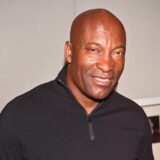
The filmmaker’s quiet dignity and gentle demeanor belied the chaos of his youth and allowed him to navigate Hollywood.
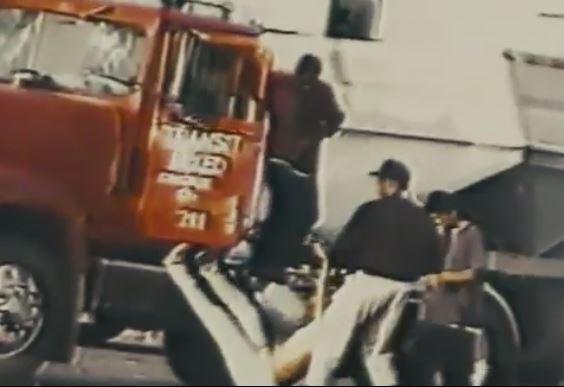
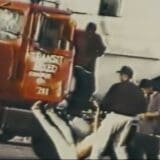
The networks lined up to deliver numerous retrospective documentaries on the silver anniversary of the events that began just hours after the Rodney King beating verdict was read. The results are decidedly mixed.
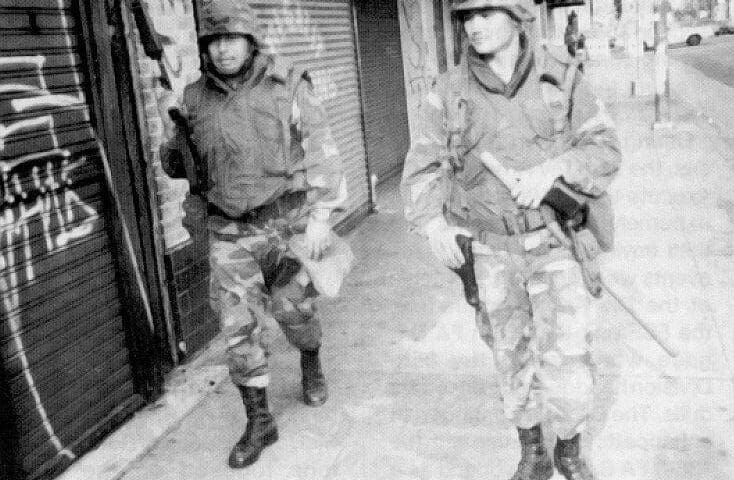
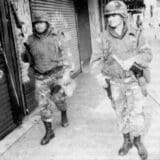
Co-published by Salon
For many of us the passage of 25 years hasn’t produced clarity about why and how Los Angeles’ 1992 unrest occurred, and whether the city that we inherited from that awful moment in our history is now a better or worse place in which to live.
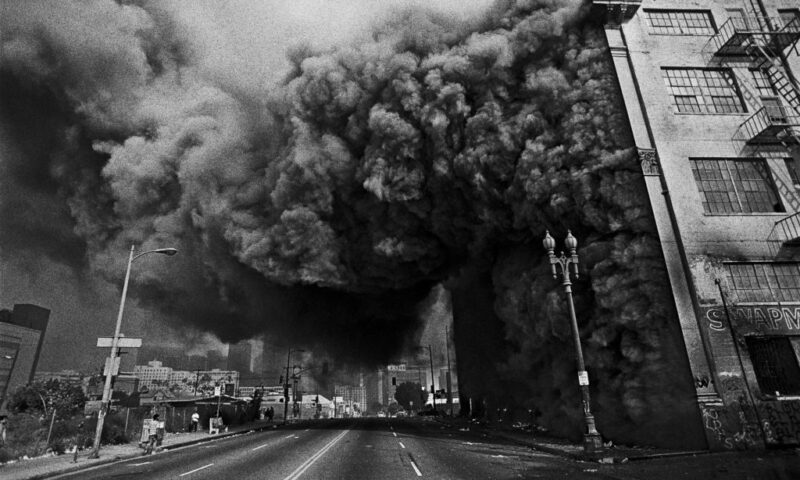
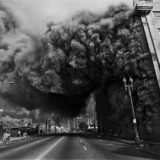
Saturday marks the 25th anniversary of the 1992 Los Angeles riots, a social earthquake in which dozens of people were killed and over a thousand buildings burned. Even before it erupted, the combustible material was obvious to many living and working in South Los Angeles.
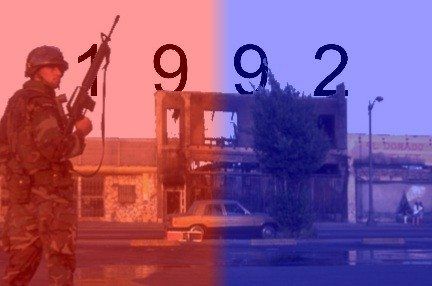

What I mostly remember about the riots is the smell of an urban fire – not the consoling, woody scent that wafts from a campfire, but the melting-telephone smell of a city’s guts ablaze. There was also the smoke, thick as tule fog – and the not-knowing, when you drove into it, if you’d come out on the other side.
There was something else about that week – a feeling that the world had been jolted a bit off its axis and nothing would ever be the same again, the way you feel after a breakup or car accident. The worst of it came on April 30. I had gone to a film screening in Santa Monica, and took my friend Kent to cheer him up from losing his job repairing pay phones. I was reviewing the movie for the L.A. Weekly, where I worked as an editor.